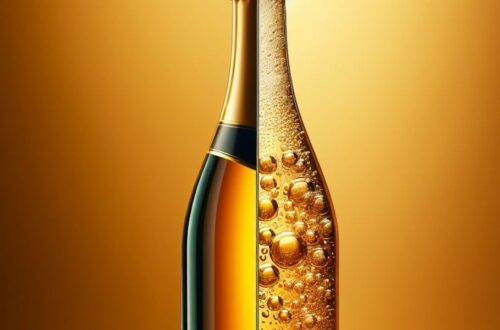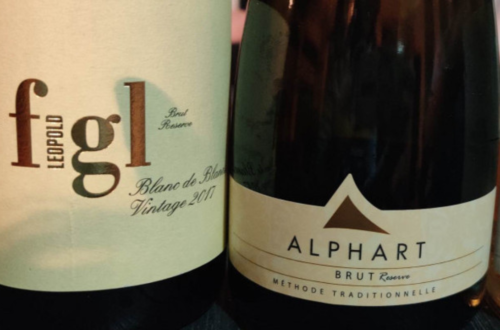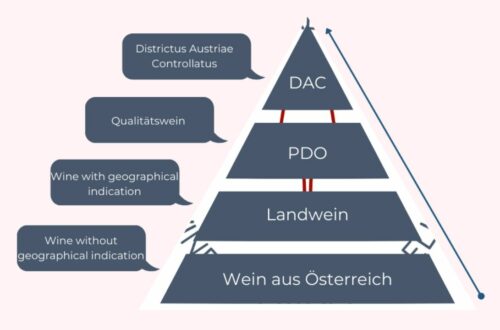-
What is the difference between Sekt and wine?
The terms “grape must” and “partially fermented grape must,” as well as “wine,” “sparkling wine,” and “sparkling wine,” are precisely defined by European Union legislation and further specified by national provisions. Grape must definition The grape must exclusively obtained from grapes harvested and processed in Austria can be released for direct human consumption purposes between August 1st and December 31st…
-
What is the difference between Sekt and Champagne?
When it comes to sparkling wines, two names that often come to mind are Sekt and Champagne. While they both offer effervescence and celebratory charm, there are distinct differences between the two. From their regions of origin to the grapes used and production methods employed, Sekt and Champagne each have their own unique characteristics. Understanding these differences can help wine…
-
What type of wine is Sekt?
According to DWDS (German online dictionnary, sort of), “Sekt” is a term used to describe sparkling wine. Its origin can be traced back to the French word “sec,” meaning “dry” or “tart” wine, derived from the Latin word “siccus,” which means “dry.” Initially, “Sekt” referred to wines made from dried grapes in Spain and the Canary Islands (as seen in the…
-
What are the major quality levels of Austrian wine?
A very important characteristic (although not the only one) for distinguishing various levels of quality is the natural sugar content of grapes at harvest. This natural sugar content is referred to as the ‘must density’ of grapes or unfermented must. DEFINITION : The terms “grape must” and “partially fermented grape must (or Sturm)” are defined by European Union legislation and…





